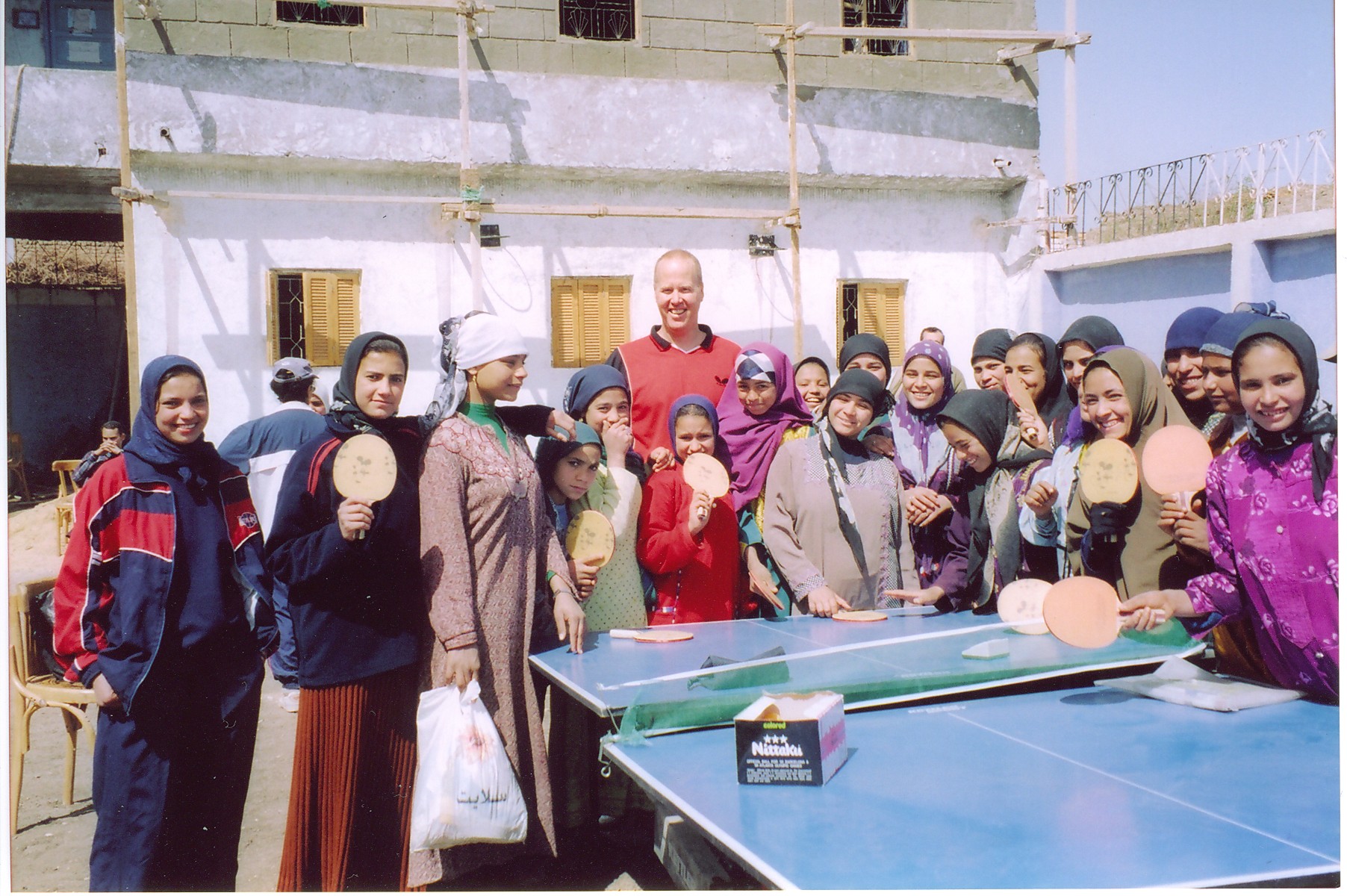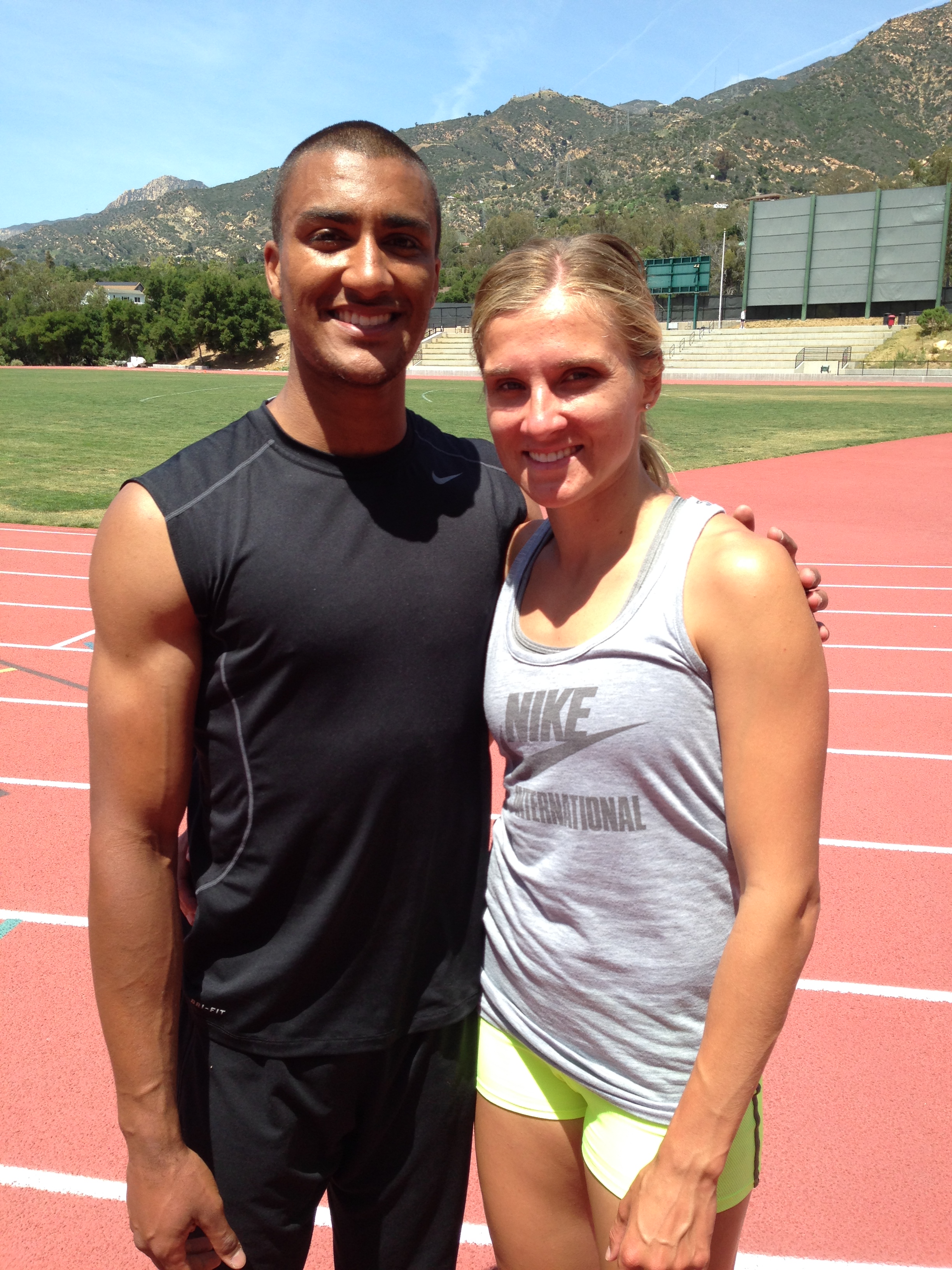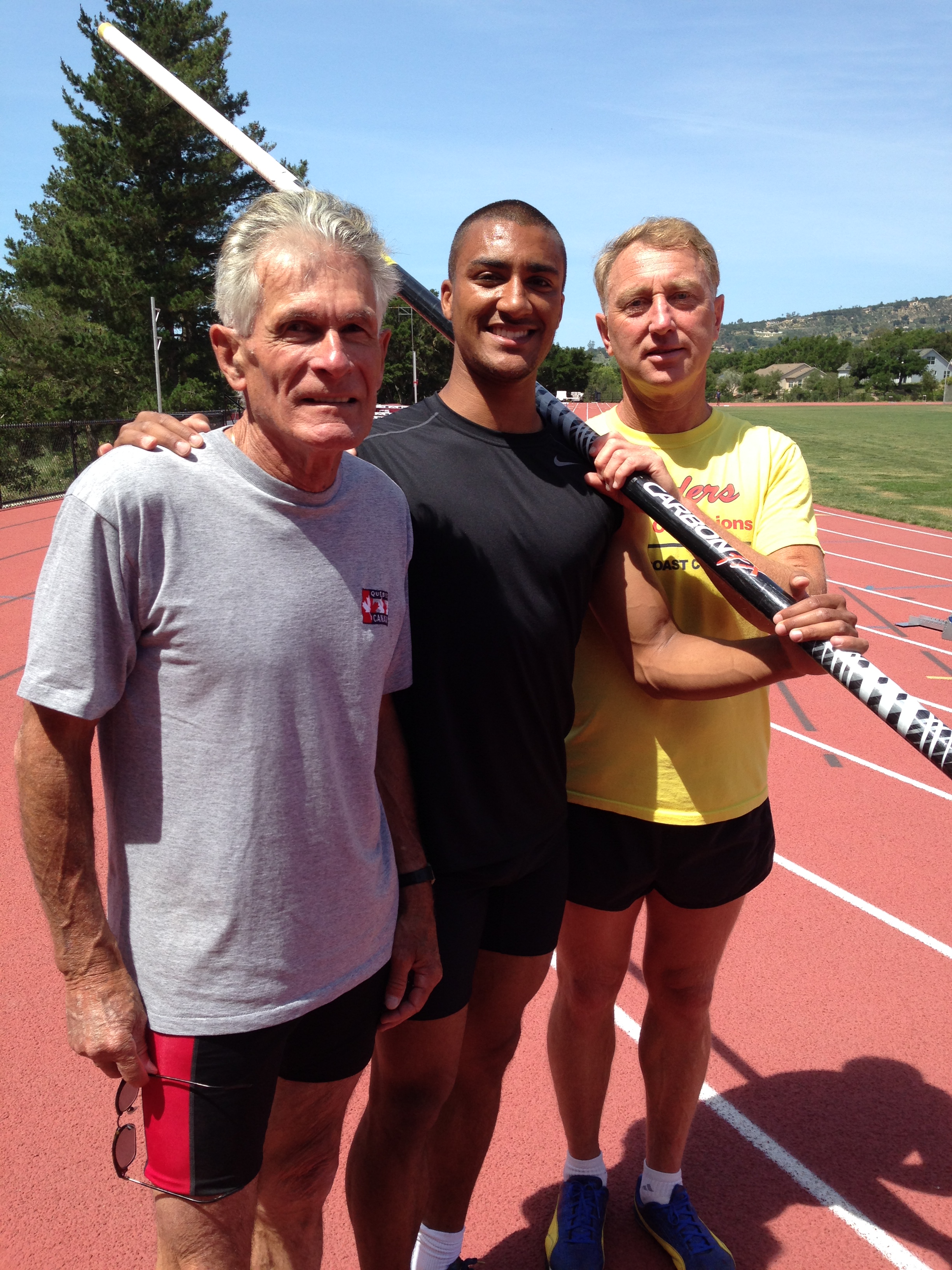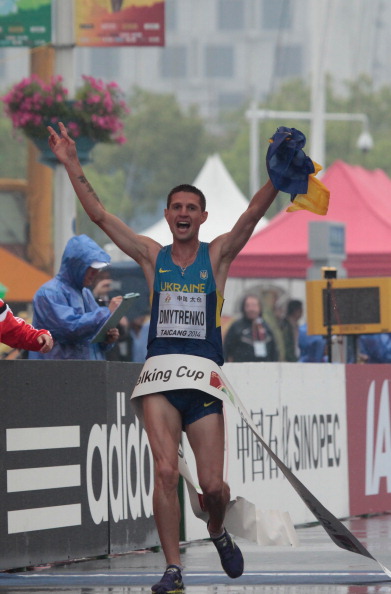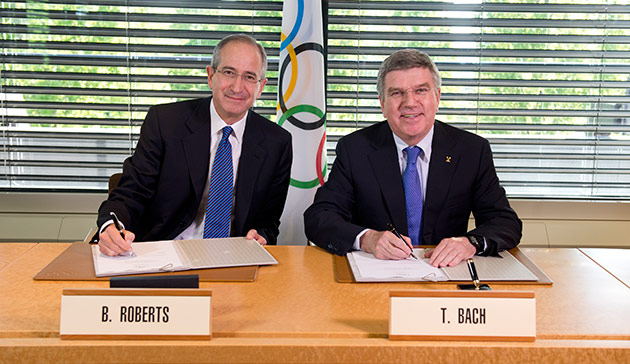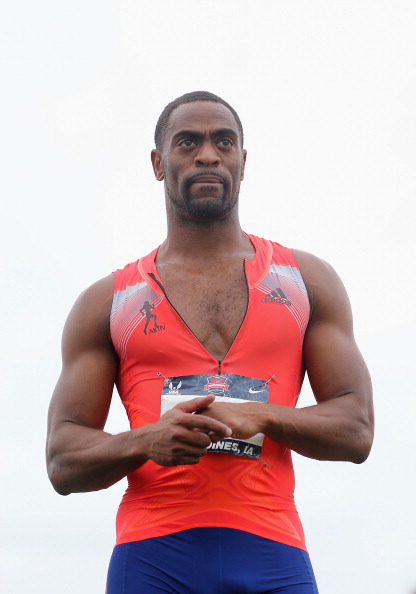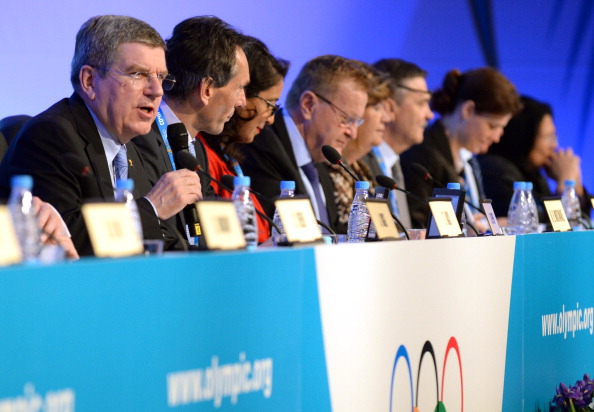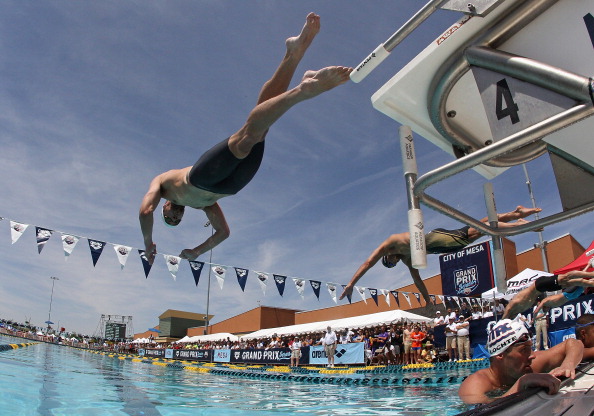NASSAU, Bahamas — The first race has not even been run. Action gets underway Saturday at jam-packed Thomas A. Robinson Stadium. But, already, barring a security breach or unforeseen disaster, this inaugural edition of the IAAF World Relays can already be proclaimed a fantastic success.
Track and field needs innovation, creativity and out-of-the-box thinking. These relays are that, and more.
As Wallace Spearmon, the U.S. 200-meter specialist, said at a news conference here Friday, “As an athlete, I just want to say thank you because this is the first time this has been done,” adding a moment later, “The sky is the limit for this event.”
The IAAF can often, and fairly, be accused of being cautious in its nod to tradition.
But let’s give credit where it is due.
It is light years ahead of almost every other international sports federation in the Olympic movement in its understanding and its use of the digital space to promote its sport. The IAAF website is way better — broader, deeper, loaded with stats, more accessible — than anyone else’s. The IAAF’s phone app is superb. There’s now a Diamond League phone app that gives results — provided by Omega Timing — in real-time.
The overwhelming problem with track and field is the presentation of the sport itself. That is, on the field of play.
To make a long story short — a meet now is the same as a meet way back when.
Like, way, way, way back when.
For the track freak, it’s like renewing a long-running love affair.
The overwhelming problem, again, as time and experience have proven, is that there aren’t enough track freaks. To the average consumer, meets are cluttered, confusing and far too long.
Thus the genius of these relays.
Two nights. Easy schedule — 4x100, 4x200, 4x400, 4x800 and 4x1500.
Your mother can understand that, people. Even your grandmother. And there are likely to be a lot of Bahamas grandmas at this meet.
The stadium is sold out. Both nights.
The IAAF has arranged for extensive live television coverage — in the United States, on Universal Sports.
More interestingly, it will for the first time in its history be live-streaming. In Europe, the stream is available here.
If you’re not in Europe, you can find the live-stream via the Eurovision Sports Live app. It’s available both for iOS and Android.
Beyond all that, the mood here is light, easy — genuinely anticipatory.
For one, the weather and scenery are as you’d expect.
For another, pretty much everyone expects two, maybe three, world records to go down — the men’s and women’s 1500s and the men’s 800.
Maybe — though it does seem like a stretch — the sprints as well. “If I’m running 19 [seconds] and having to do a start, imagine what i can do in a relay,” Jamaican star Yohan Blake said of the 200.
All in, there’s a total prize package of $1.4 million, put up by the national sports ministry. Any world record is worth $50,000.
Teams are here from more than 40 nations — with more than 500 athletes — including the U.S., Jamaica, Kenya and Russia.
The unique twist to the upbeat mood is one that took U.S. middle-distance runners Morgan Uceny and Leo Manzano to explain. At the Olympics or world championships, she said, yes, everyone comes as a team. At the same time, you’re still competing against your teammates. Here — it’s truly a team atmosphere.
The last time it felt like this, Manzano said, was college. He said, “I’m excited to be out there and lay it on the line.”
How long before this sort of relay event becomes a fixture on the FINA swim calendar?
How long, too, before the track people take a clue from the swim people, who themselves have an innovative event coming up, the Singapore Swim Stars, a series of match races in September among the series of events opening the new national stadium and aquatic center there.
It’s clear that the Olympic Games and traditional world championships are fixtures, and rightfully so, on the sports calendar — swim or track. But in between there’s room to experiment.
Track needs the energy and excitement of the relays; it already has proven, in places like Manchester, England, that street racing is the way to go. The way forward would seem obvious:
Why not a series of street races — say, five. Pick your venues: Fifth Avenue in New York. Michigan Avenue in Chicago. Bourbon Street in New Orleans. Outside LA Live. The whole thing would culminate on the Strip in Las Vegas, at night, under the lights, with the Bellagio fountain roaring.
Line the worlds great athletes up and let them run for 150 meters.
You don’t think people would watch? Isn’t that made for TV?
If he — or she — wins all five events, it’s worth a grand prize. The Michael Phelps experience with Speedo has taught that a $1 million bonus gets people talking.
Just thinking out of the box here. That’s what track and field needs.
Like these relays.
Now, nothing is perfect. These first Bahamas relays for sure won’t be.
For sure there are bound to be glitches.
Already, there’s a major one in the run-up: Usain Bolt isn’t here. In the same way that Phelps has made it clear he understands fully his responsibility to promote swimming, Bolt should be here promoting these relays.
This, though, isn’t so much on organizers as it is on Bolt, who is for all intents and purposes the global icon of track and field. Even if he’s not running, he should be here as an ambassador of the sport.
“It is the role of our top athletes to do this,” Lamine Diack, the IAAF president, said at Friday’s news conference. “But we also know that he is not there. But we have a full stadium — two days. we have a world championship. We have a lot of athletes who will be competing — very good athletes, who will be competing against each other.”
He quickly added a moment later, “I can’t focus on the one who is not there.”
Or the ones.
The U.S. team is hardly the A team. Missing for a variety of reasons: Justin Gatlin, Carmelita Jeter, Allyson Felix, Mary Cain, Nick Symmonds, Jenny Simpson, Matthew Centrowitz.
All of these absences, individually, can be explained. Nevertheless, if you are the U.S. delegation and Eugene is bidding for the 2019 world championships, which the IAAF will award in November, Doha and Barcelona also in the running, and everyone who is anyone in track and field leadership circles is going to be here, wouldn’t you, you know, want to put on a red, white and blue smiley face?
It’s not as if the Bahamas is a long flight from the continental United States. Like 30 minutes from Miami.
Which brings us to another matter, way more significant, in fact, for Eugene’s hosting of the World Junior Championships this summer, for its 2019 track and field bid, even for a potential U.S. Summer Olympics bid in 2024, because this exemplifies the chronic refrain you hear from around the world about border, customs and transit difficulties involving the United States:
“I would like to inform you that concerning IAAF World Relay Bahamas 2014, we cannot be able to participate because of we [tried] to get the transit visa USA and other country,” Bililign Mekoya, general secretary of the Ethiopian track and field federation, said in a note emailed May 12 to agents and managers around the world.
At the end, all the Ethiopians could get, for reasons of timing, were visas through the United Kingdom — via historical connections — for one men’s 4x1500 team.
For U.S. sports leaders, indeed for all of world sport, this sort of visa and transit challenge must be addressed.
Of course we live in the real world. At the same time, the 9/11 attacks were more than 12 years ago and, as the International Olympic Committee president Thomas Bach has made clear, sports can prove a constructive tool for dialogue.
The way it is here in the Bahamas.
Keith Parker, the local organizing committee chairman, noted that there are all of 350,000 people in this island nation,. The relays are to be preceded by events featuring local, junior racers.
“We hope,” he said at the news conference, “this great event will influence them to strive for greatness. If you find any shortcomings, please let us know.
“We will do everything possible to correct them and make the event as good as it possibly can be and keep the standard up to other world championships,” he said, adding, “I wish you all welcome …”






